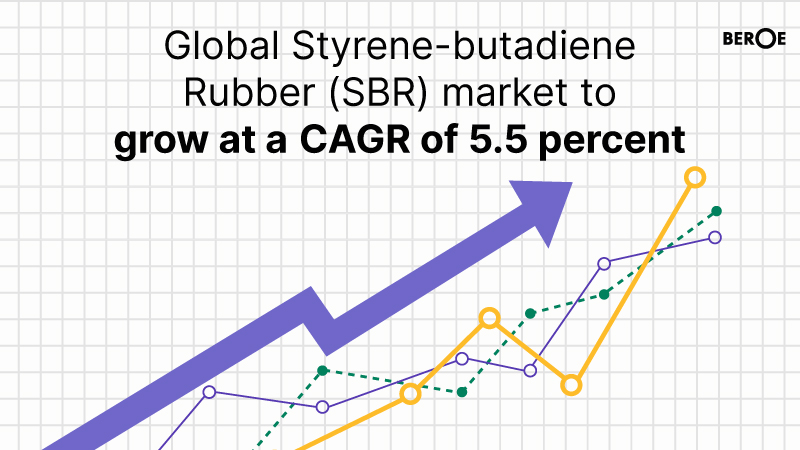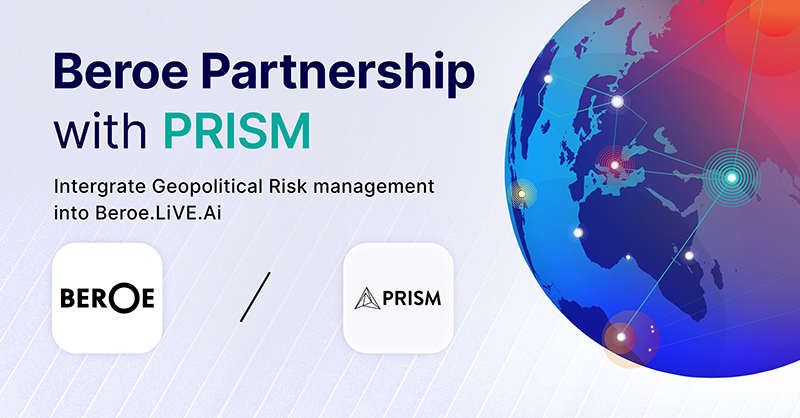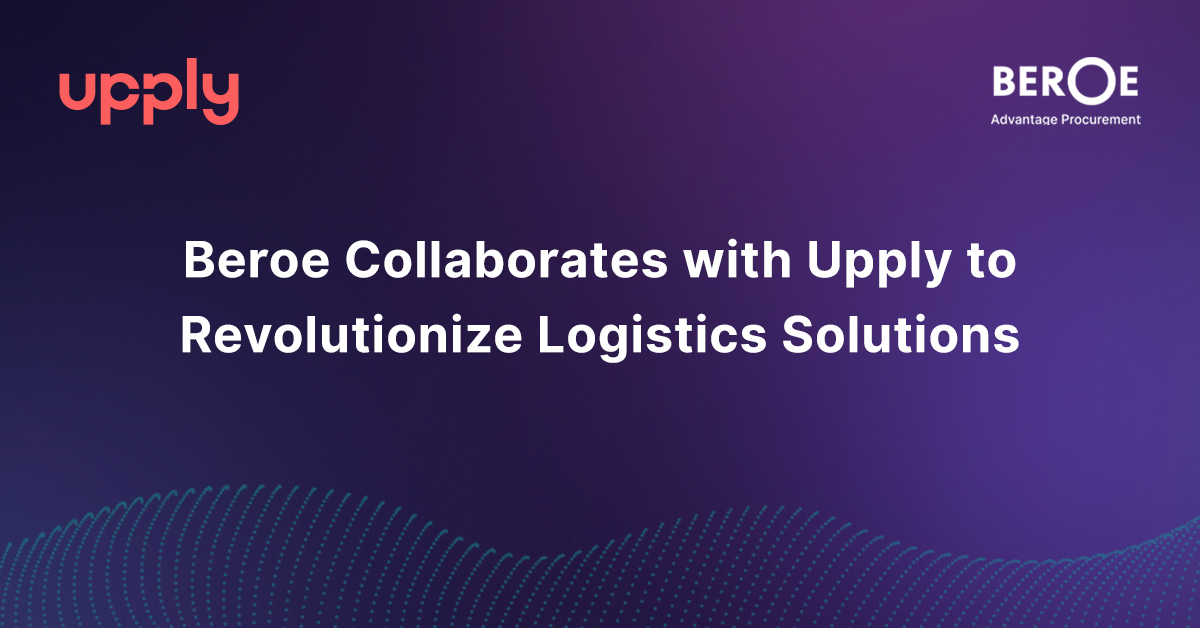Beroe's research says SBR to grow at a CAGR of 5.5 percent
Source: PR Newswire

Raleigh, NC, Feb 1 - The global Styrene-butadiene Rubber (SBR) market is anticipated to grow at a CAGR of 5–5.5 percent during 2022–2025, majorly driven by the automotive tire industry. Historically, E-SBR was more popular than S-SBR due to its superior processing properties. However, the increasing global need for high-performance tires, which increase fuel efficiency, reduce rolling resistance, provide high traction during braking, and so on, is driving the demand for S-SBR from the tire sector.
Globally high demand for SBR is noticed in the automobile industrial adhesive industry.
The global rubber market capacity demand- the gap is expected to regain balance, as nominal capacity additions are planned in the next five years against the growing demand.
By 2025, the rubber market will have grown at a CAGR of 6.4% to reach $15.6 billion.
As the procurement demand from the automotive industry is likely to soar, it is expected that during the project period, the SBR demand will rise from downstream industries, particularly the tire segment. Due to SBR's advantages over other rubber types, such as natural rubber and synthetic rubber, and its superior properties, the demand for SBR is also anticipated to rise in the adhesives and sealants market. During the forecast period, the demand from the footwear and construction industries is also expected to grow significantly.
The COVID-19 pandemic impacted the global SBR industry. Several automakers, including Ford Motor, General Motors, and Fiat Chrysler Automobiles, stopped manufacturing their vehicles. Deliveries in the supply chain had been delayed. Rubber manufacturers have to reduce their output to manage rising stocks.
Due to the lack of semiconductor chips and other components, SBR's main downstream application, the automotive industry, also had low demand.
The supply and demand in the US rubber market are now balanced. It was noted that there was enough market supply to satisfy demand, which put downward pressure on spot pricing. Due to year-end destocking actions, the demand for SBRs in the European market resisted a downward trend. Due to mounting worries about the Omicron form of COVID-19, the rubber market in Asia saw a fall in demand. The lack of semiconductors and other essential materials is causing a reduction in demand from the automotive industry.
The fabrication of vehicle tires is the main downstream business for rubber. It takes up around 58% of the total SBR demand share. The demand for S-SBR from the automobile tire industry is driven by the rising need for high-performance tires with improved fuel efficiency, low rolling resistance, low abrasion, good traction during braking, etc.
Due to its outstanding qualities, including good cohesion, adhesion, elasticity, high cohesive strength, flexibility, the high elastic modulus of the substrate, resistance from thermal expansion, corrosion, etc., the adhesives segment is also predicted to experience substantial growth. Due to the development of the e-commerce and e-retail sectors, the demand for adhesives is anticipated to rise from the packaging industry (mainly in the Asia-Pacific area).
Asia, Europe, and the US are the major geographic areas anticipated to drive the SBR industry in the future. The automobile tires and industrial markets account for most of the downstream demand. The rise of regional export demand has reinforced the European SBR market.
With commercial construction coming from nations like India and China, the strong demand in the Asian market is anticipated to grow. China is Asia's top user of SBR. During the forecast period, the SBR market in Asia is expected to expand at a CAGR of 7.7 percent.
SBR contracts have a fixed price depending on the cost of the feedstock and the conversion costs incurred. Since spot pricing is typically chosen in Asia, regular observation of the feedstock's (butadiene and styrene) dynamics and supply and demand patterns will lead to cost optimization. To reduce their inventory levels, producers have slowed their operational rates. The USA has a vast open window for arbitrage from Europe and Asia. Consequently, consumers should increase their spot purchases to reduce total SBR spending.
Automotive manufacturers create high-quality tires with low rolling and heat resistance using SBR. These tires contribute to more comfortable driving and lower environmental CO2 emissions.
The new Techsyn from Bridgestone blends SSBR and highly engineered silica. It increases tread mileage and reduces fuel consumption and CO2 emissions. Bridgestone EMIA will sell Techsyn in Europe, the Middle East, and Africa. The new brand uses Solvay SA's silica (silicon dioxide) and Arlanxeo's SSBR.
The fact that Europe is a net exporter of butadiene benefits SBR companies there. Butadiene is a net importer into North America and Asia. However, it was found that Europe had the highest utility cost, followed by the US and Asia.
Significant organizations now prioritize sustainability as their top priority, and they are concentrating on creating cutting-edge sustainable production technologies to lessen their reliance on fossil-based goods.
One of the greatest inventions of CNPC is represented by the production technology of EPSBR. This process is distinguished by quick reaction times, high polymerization conversion rates, low system viscosities, high polymerization stability, minimal additive consumption, low gel content, and excellent product performance. The equipment's safe, stable, long-periodic, full-load, and optimum operation is further ensured by features like mature techniques, stable production and operation, high single-line capacity, long operating cycle, advanced process control, safety, and environmental friendliness.
For more such market data, insights, and intelligence check out Beroe LiVE.Ai™.
About Beroe
Beroe is a global SaaS-based procurement intelligence and analytics provider. We deliver intelligence, data, and insights that enable companies to make smarter sourcing decisions – leading to lower costs, reduced risk, and greater profits. Beroe has been a trusted intelligence source for more than 15 years and partners with 10,000 companies worldwide, including 400 Fortune 500 companies.
Learn more about Beroe - https://www.beroeinc.com/
Media Contact – Rob McMurtrie (rob.mcmurtrie@beroe-inc.com)
Related News
View all
Beroe Makes Strategic Investment in Forestreet, Strengthening AI Capabilities and Driving Procurement Intelligence Innovation

Beroe introduces on-demand geopolitical risk analysis through PRISM enabling C-Suite to protect against ongoing supply chain disruptions
